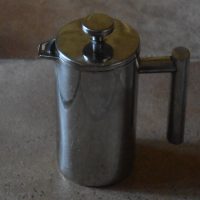 With the COVID-19 crisis in full swing, most people will be making coffee at home for the foreseeable future. While I’m rather obsessive about my home coffee making (fancy scales, hand grinder, gooseneck kettle, multiple filter methods, espresso machine…) and even have my own travelling coffee kit, that’s not for this post. Rather, I’m going back to my coffee-making roots with the method I used before I got swallowed by the speciality coffee rabbit hole. Hopefully this will help anyone not used to making coffee at home.
With the COVID-19 crisis in full swing, most people will be making coffee at home for the foreseeable future. While I’m rather obsessive about my home coffee making (fancy scales, hand grinder, gooseneck kettle, multiple filter methods, espresso machine…) and even have my own travelling coffee kit, that’s not for this post. Rather, I’m going back to my coffee-making roots with the method I used before I got swallowed by the speciality coffee rabbit hole. Hopefully this will help anyone not used to making coffee at home.
So, rather than write about my AeroPress, V60 or Clever Dripper, this post is all about the humble cafetiere (aka French Press) which I still use to make my morning coffee every day. I find it a simple, reliable and, above all, forgiving way of making coffee. It’s also very scalable: using the same basic recipe you can make coffee for one person just as easily as you can for three or four (as long as you have a big enough cafetiere, of course). All you really need is coffee, a cafetiere, mug, kettle and a timer, although the most important thing you can add is a grinder, which will improve things immensely!
You can read more of my thoughts after the gallery.
As I’ve said, you only really need a cafetiere, mug and kettle for this method, although you’ll also need to measure/weigh the coffee. If you don’t have any digital kitchen scales, a coffee scoop will do (pretty much every cafetiere I’ve ever bought has one). Finally, you’ll need to time your brew: my fancy scales have an in-built timer, but when I’m travelling, I use the timer on my smartphone. Alternatively, you can always count (been there, done that!).
Of course, you’ll also need some coffee. I find the cafetiere works well for bold coffees, typically using espresso blends or single-origins with classic chocolate/nut tasting notes. I find it works less well for subtle or delicate single-origins, although, as always, it’s down to a matter of personal taste.
I prefer the classic ratio of 18 grams of coffee to 300 ml of water (300 ml being the standard size of a UK mug or US diner mug). If you’re making coffee for two, simply double the amounts (36 grams, 600 ml) and so on. While my fancy scales measure to 0.1 of a gram, if you only have scales that measure to an individual gram, don’t worry: being slightly out is okay. Finally, if you don’t have any digital scales, 18 grams is roughly two scoops of coffee.
Start by boiling the water. While the kettle is boiling, gather everything together and weigh out then grind the coffee beans. You’ll find more on the importance of grinding your own coffee in the second post in this series, but for now, aim for a fairly coarse grind.
Once the kettle has boiled, you’ll need to cool the water down a bit. With my temperature-controlled kettle, I set it to 92°C, but you don’t have to be this precise. The important point is not to pour hot water straight onto the ground coffee. There are various methods of cooling the water, the most common of which is just to let the kettle stand for 30 seconds. However, this is what I suggest.
First pour a little of the hot water into the cafetiere to warm it up. Give it a quick swirl, then pour it away. Next, put the ground coffee in the cafetiere. Finally, pour the hot water from the kettle into your mug (or, if you’re making coffee for multiple people, into your mugs). This serves three purposes:
- it warms the mug
- it cools the boiling water
- since the mug holds 300 ml, it saves you having to measure out how much water you need
Now you’re ready to brew!
Start by pouring about a quarter of the water from the mug into the cafetiere and start your timer/counting. Give the resulting mixture a good stir, ensuring that the coffee grounds are thoroughly wetted. This is known as letting the coffee bloom. After 30 seconds, pour in the rest of the water, giving the coffee another stir. Then fit the lid and wait until a total of four minutes has passed (that’s four minutes since you started your timer).
When the four minutes are up, plunge the cafetiere slowly and steadily (there should be no real resistance; if there is, you probably forgot to stir after adding the rest of the water). Finally, pour your coffee into your pre-warmed mug and enjoy!
If you’re worried about how to clean up your cafetiere afterwards, then I wrote a simple guide on how to clean up your cafetiere. Don’t worry: contrary to what some people think, the cafetiere is really simple to clean up once you know how.
For a different take on using the cafetiere (including the interesting fact that it was only patented in 1929; something which I knew, but had forgotten, thinking it was a lot older than that!), try this post and video guide by my friends at Carvetii Coffee Roasters. Note that it differs from my recipe in practically every aspect, including water to coffee ratio and water temperature. In fact, the only thing we seem to agree on is a four-minute brew time!
If you liked this post, please let me know by clicking the “Like” button. If you have a WordPress account and you don’t mind everyone knowing that you liked this post, you can use the “Like this” button right at the bottom instead. [bawlu_buttons]
Don’t forget that you can share this post with your friends using buttons below.

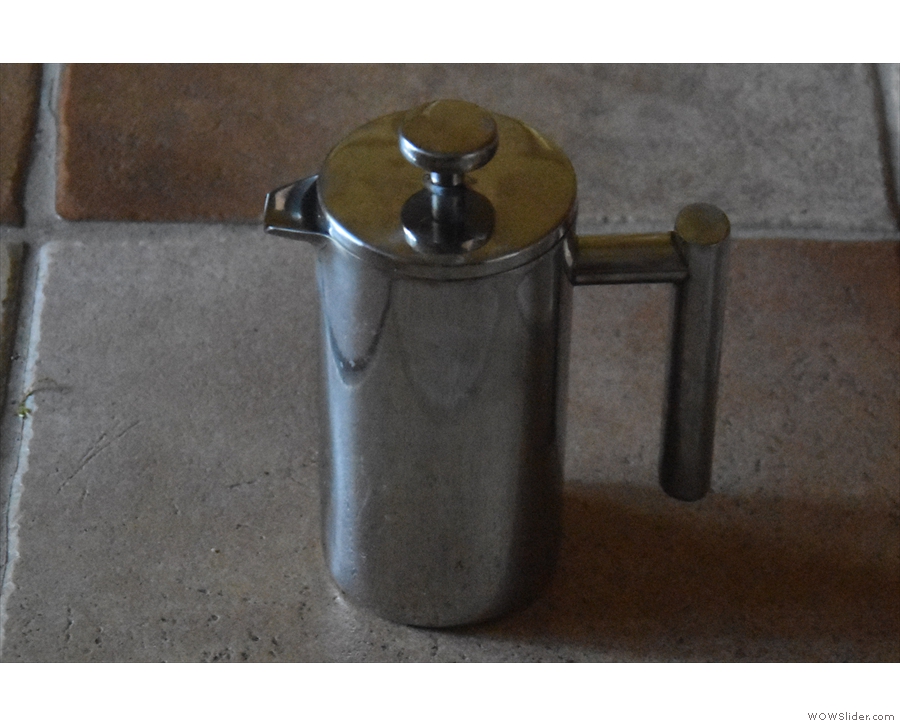
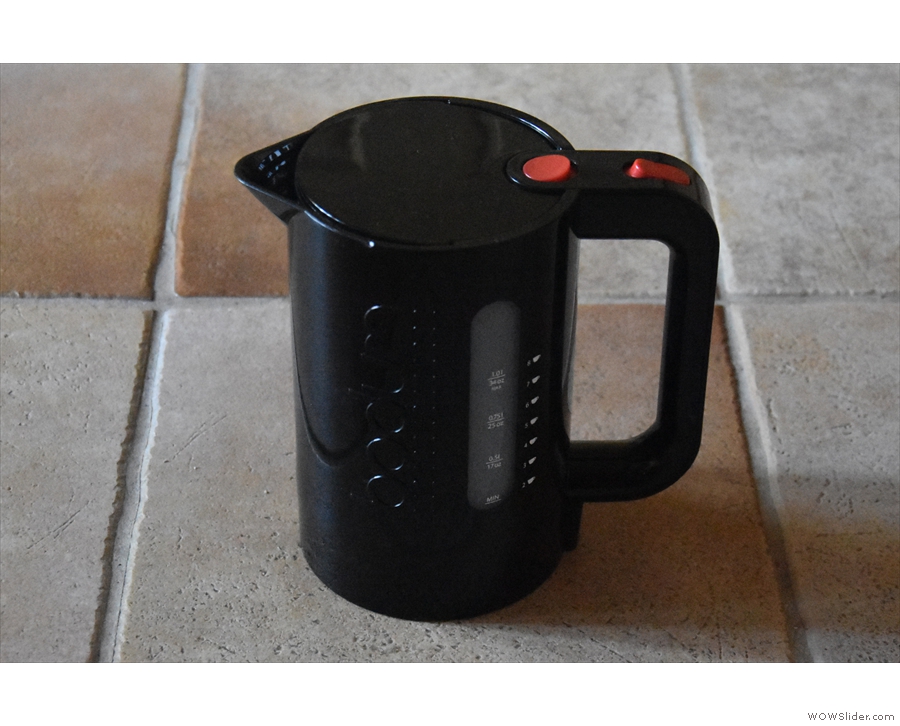
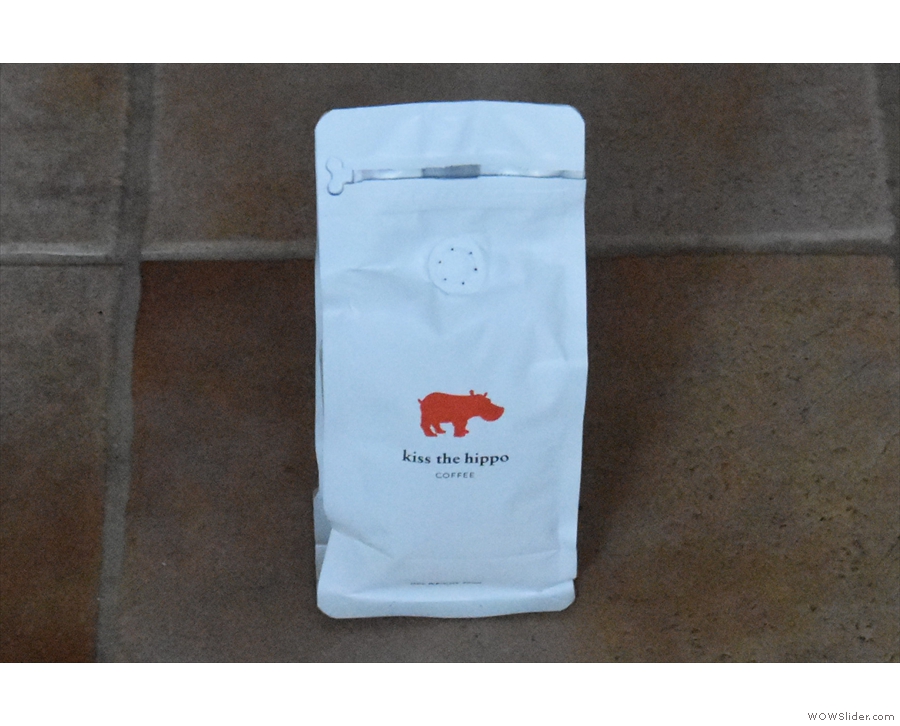
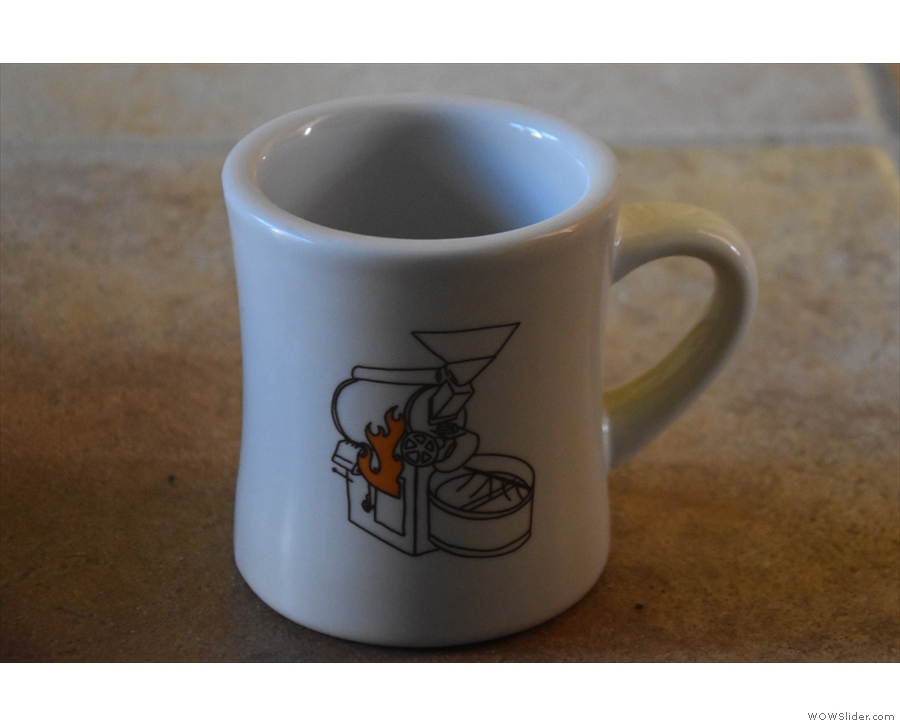
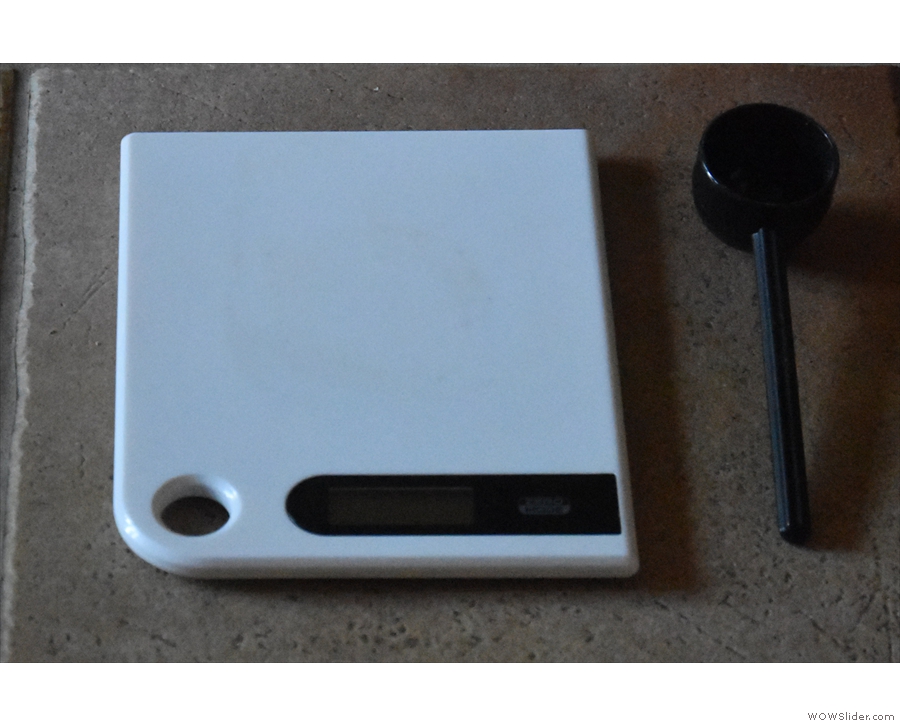
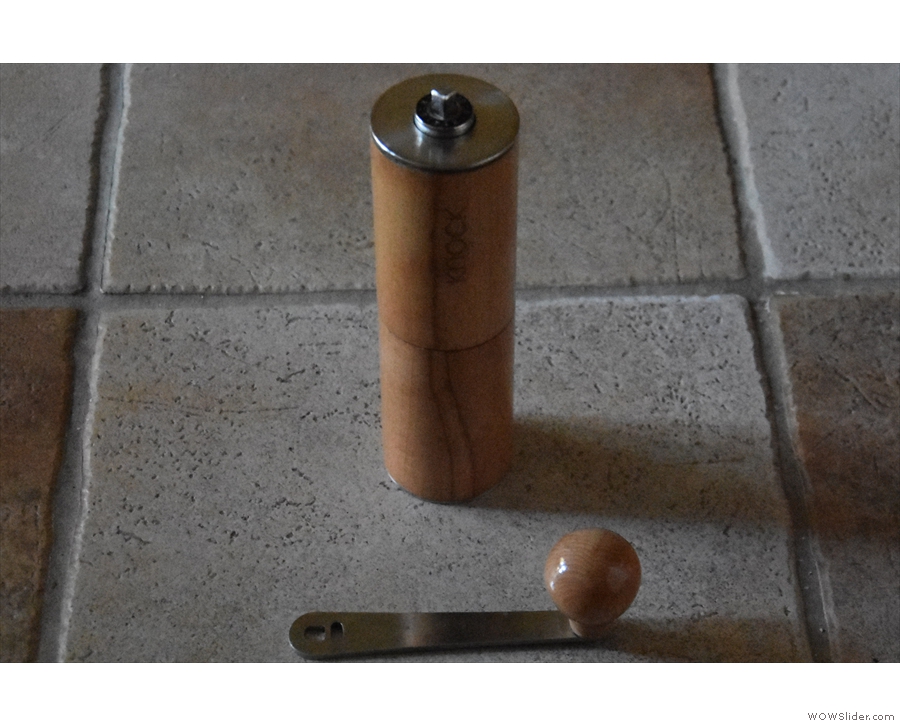
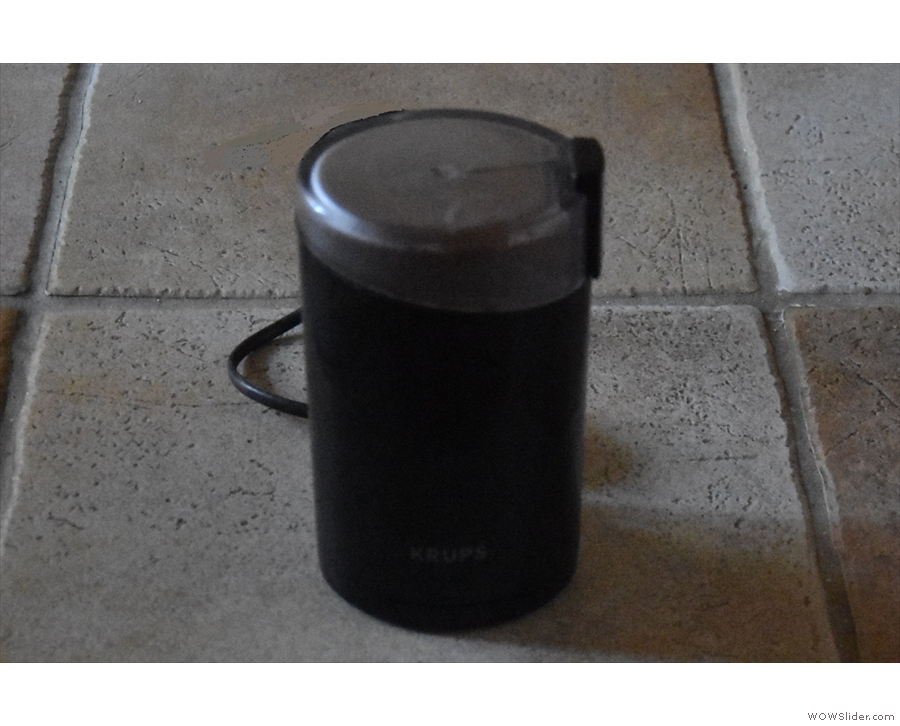
 1
1 2
2 3
3 4
4 5
5 6
6 7
7
Pingback: Grinding Coffee at Home | Brian's Coffee Spot
Pingback: Making Coffee at Home: Clever Dripper | Brian's Coffee Spot
Pingback: Making Coffee at Home: AeroPress | Brian's Coffee Spot
Pingback: Making Coffee at Home: Scales | Brian's Coffee Spot
Pingback: My Daily Coffee Routine | Brian's Coffee Spot
Pingback: Making Coffee at Home: Coffee, Part I | Brian's Coffee Spot
Pingback: Making Coffee at Home: Pour-over | Brian's Coffee Spot
Pingback: Meet the Roaster: Surrey Hills Coffee | Brian's Coffee Spot
Pingback: Making Coffee at Home: Espresso | Brian's Coffee Spot
Pingback: Making Coffee at Home: Moka Pot | Brian's Coffee Spot
Pingback: The Decaf Challenge (2020) | Brian's Coffee Spot
Pingback: The Coffee Spot is Eight! | Brian's Coffee Spot
Pingback: The Gardens of Caversham (COVID-19) | Brian's Coffee Spot
Pingback: Making Coffee at Home: Clever Dripper (Revisited) | Brian's Coffee Spot
Pingback: Fazenda Recanto: A Tale of Two Roasters | Brian's Coffee Spot
Pingback: Coffee, Part V: Taste | Brian's Coffee Spot
Pingback: Making Coffee at Home: AeroPress (Revisited) | Brian's Coffee Spot
Pingback: Heartland Coffee Bar | Brian's Coffee Spot
Pingback: 2021 Awards – Best Filter Coffee | Brian's Coffee Spot
Pingback: Meet the Roaster: NewGround Coffee | Brian's Coffee Spot
Pingback: Making Coffee at Home: Manual vs Electric Grinders | Brian's Coffee Spot
Pingback: Making Coffee at Home: Cloth Filters | Brian's Coffee Spot
Pingback: Making Coffee at Home: Cafetiere Clean-up Made Easy | Brian's Coffee Spot
Pingback: Flight Coffee of Dover | Brian's Coffee Spot
Pingback: Elements: Books Coffee Beer | Brian's Coffee Spot
Pingback: Adams + Russell | Brian's Coffee Spot
Pingback: 2022 Awards – Best Filter Coffee | Brian's Coffee Spot
Pingback: Coffea Roasterie and Espresso Bar, West Side | Brian's Coffee Spot
Pingback: Firecreek Arcadia | Brian's Coffee Spot